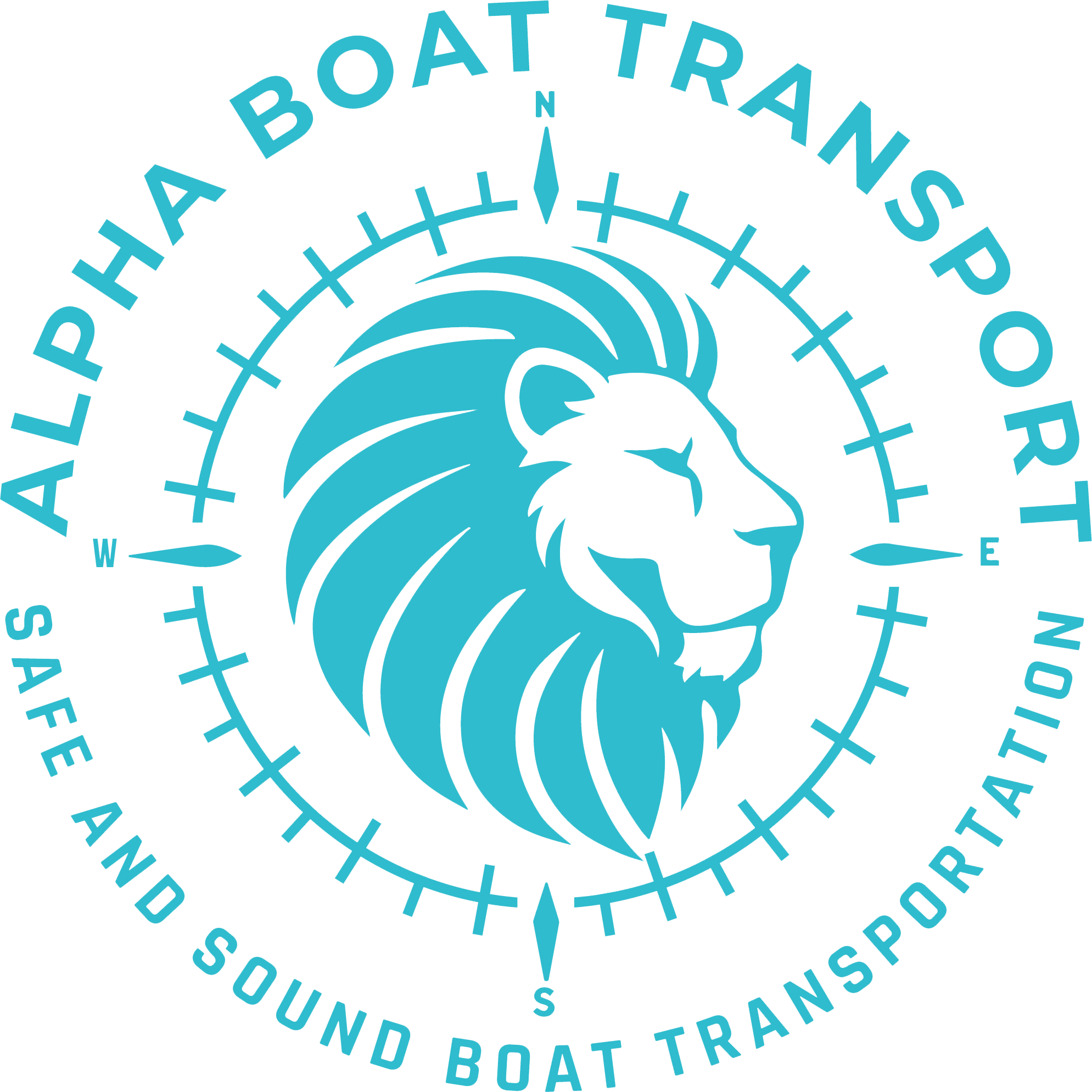The New Wave of Regulation: Making Sense of Digital Yacht Permits
Listen, here’s what’s really going down—starting August 1, 2025, North Carolina’s Department of Transportation is pulling the plug on all faxed permit applications for oversize boat transport. That’s right, no more last-minute paper submissions or phone call workarounds. If your yacht’s over 8.5 feet wide or higher than 13 feet 6 inches, you gotta go digital. Period.
Now, that might sound like progress to some desk jockey in Raleigh—but for seasoned boat haulers who’ve spent decades dealing with state highways and low-clearance bridges, this shift is like replacing a trusty marine compass with a half-charged GPS.
According to the Bureau of Transportation Statistics, freight hauling costs have jumped 1.9% compared to last year. And now, on top of rising diesel prices and unpredictable highway patrol inspections, they expect folks to master clunky government portals too?
For more on the fundamentals of the process, check this out: boat shipping companies must now factor in all-new digital protocols just to keep moving down the interstate.
That’s where preparation and know-how separate the yacht owners relaxing ashore while their vessels safely cruise across state lines from those stuck in a truck yard staring at application errors.
How These Changes Impact Boat Shipping Companies and Yacht Owners Alike
So anyway, let me break this down plain: this digital push affects every damn boat shipping outfit operating oversized hauls out of North Carolina—and more states are eyeing similar tech-first moves.
This isn’t just about permits—this is about time delays, missed deadlines, and busted transport budgets. Boat haulers aren’t just worried about clearances anymore—they’re worried about connectivity and login credentials. I’ve already seen crews lose half a day ’cause the system kicked ‘em out mid-application.
Now multiply that delay across a route from the Carolinas to South Florida and you’re deep in scheduling purgatory.
That’s why well-established boat shipping companies, especially ones like Alpha Boat Transport, are standing out. They’ve invested early in integrating with these new platforms, training dispatchers on portal submissions, and mapping high-risk delay zones across key interstate corridors.
A good hauler used to need maps, a solid diesel rig, and guts. Now? Add browser compatibility and login security to the checklist.
What Digitization Means for Long-Distance Yacht Transport in 2025
Yacht transport has always had a lotta moving parts—literally and bureaucratically. From pilot car coordination to weekend travel restrictions to knowing which states ban daytime travel for oversized loads—you needed experience. Now, with digital-only permits, the game’s evolving again.
Let’s say you’re looking to move your Hatteras from Jersey down to the Keys. You’re not just facing mechanical stress from a 1,200-mile haul through five or six permit jurisdictions—you’ve gotta pray every state system approves your digital paperwork on time. One hiccup in North Carolina, and you’re parked roadside waiting on a reviewer to finish lunch.
Alpha’s crew knows this terrain. Not only do they prep boats with laser-measured height loads, but they also simulate state portal response time in their route planning software. That’s why they’re a favorite pick for long-distance boat hauling projects—especially post-digital switch.
Inside the Permit Portals: Why This Shift Slows Down the Industry
I was talking to a guy at a local marina in Beaufort—hauls 65-footers twice a month. He told me his last trip was delayed 48 hours waiting for an e-signature to post on a DOT platform. That might sound minor—but in this biz, a two-day delay ain’t just annoying, it’s expensive.
What grinds my gears is that the same paperwork that used to be faxed and stamped in under an hour now relies on uploads, confirmation emails, cross-validation queues—and let’s not even talk about technical support.
This digital permit delay hits smaller haulers hardest—the mom-and-pop crews that built this industry. But again, seasoned operators with scale got ahead of the curve. Alpha Boat Transport has tech-forward dispatchers trained in portal logic, so their applications get greenlit faster than your average carrier fumbling with PDF uploads.
It’s not magic—it’s preparation. It’s the kind of edge that comes from folks who live and breathe boat transport.
Why Oversize Load Regulations Are the New Wild Card
The average person thinks a boat is a boat. But those of us who work this space? We know that one extra foot of width can mean an entirely different route, permit price, and escort vehicle requirement.
And get this—North Carolina’s digital permit rules now automatically flag applications for boats exceeding 102 inches. That means anything from a smaller catamaran to a center console with extended outriggers needs added inspection layers.
So we’re not just talkin’ about paperwork here. Now, digital flags are triggering manual reviews. Bottom line: every inch matters more than ever.
Experienced firms like Alpha know how to pre-measure these specs before transport, including clearance mapping for low underpasses—a big issue in states like South Carolina. It’s why more people are relying on South Carolina boat transport specialists who’ve dealt with these unique obstacles for years.
You know what saves you from these flags? Precision. And the trust that your hauler’s already handled this crap dozens of times before.
How Top-Tier Transporters Avoid Digital Roadblocks
Look, permits are just the start. The best boat shipping outfits don’t just react to new rules—they adapt before the slowdown. They create redundancies. They automate alerts. They memorize DOT quirks like the back of their hand.
Alpha Boat Transport’s system flags permit windows in real time for conditional approvals. I mean, who else is spending time building internal trackers to monitor how long each state takes to approve an oversized route?
And let’s not forget—they still do the basics right: load stabilization, axle weight checks, triple-checking bridge clearances. You know how many outfits skip those steps and leave your vessel exposed to wind shear on the open interstate? Too many.
That’s where the pros shine. The ones that combine legacy experience with digital savvy dominate this new era of yacht transport.
Need proof? Check out how they’re handling unique craft first-hand like pontoon boat transport through split-deck trailers, bolstered by predictive permit simulations. Yeah—this level of foresight ain’t easy to fake.
The Future of State-by-State Certification Across Your Haul Route
Here’s another wildcard: each state’s got its own definition of what constitutes “oversize.” That’s a minefield for someone trying to move a 13-foot-tall Sea Ray down I-95.
Some states allow certain variances above height limits if pre-approved. Others ding you for an inch over and make you pull off till you adjust the load. And no—these rules aren’t harmonized across borders. Not even close.
And now that permits are online, poorly formatted data entries or nicks in VIN numbers can delay your approval days longer than old-school fax-and-call days.
You want adaptive routing and permit translation in real time? Then you want someone who’s done this through all 48 lower states and understands how these narrowing rules stack up.
Trust the people who built digital workflows that sync with DOT cycles—not the random guy with a shiny trucker hat and a Craigslist ad.
Alpha’s North American logistics teams don’t just monitor permit batches—they mitigate them. When you’re managing a cross-border Washington boat transport through Oregon and down into California? That ain’t logistics. That’s chess.
Modern Trailer Technology Meets Outdated Bureaucracies
Let me tell you something—today’s trailer tech is legit. Hydraulic lift beds, swing-axle suspension, dynamic load centers—today’s transport hardware is more advanced than it gets credit for. But DOT systems? They’re barely keeping up.
You’ve got trailers transmitting load center-of-gravity data to the cloud—and then submitting permit applications to servers that still crash every Tuesday because some IT guy forgot to restart them.
Ironic, ain’t it?
That’s another reason tech-powered transporters like Alpha are stepping up. They sync trailer readouts with permit outputs for accurate form calibration—which speeds approval time dramatically. And when the forms self-validate? Boom—you’re locked, loaded, and moving two days faster than the guy still trying to upload a JPEG of his trailer license.
Wanna see how this plays out regionally for certain high-drag vessels? Dive into what they’ve developed for sailboat transport. It’s not only smarter—it’s safer.
Frequently Asked Questions
What are boat shipping companies charging in 2025?
With a 1.9% rise in transport costs across the board, boat shipping companies now factor in digital permit delays, diesel inflation, and route-specific toll calculations. Expect higher quotes—but better end-to-end planning from seasoned haulers.
How have digital permits affected yacht transportation?
Digital permits have streamlined some paperwork but introduced significant approval delays. Many boat shipping companies report slower transit times due to portal errors and increased flagging of oversized boats.
Is North Carolina the only state now requiring online permits for oversize hauls?
As of August 2025, North Carolina leads the way, but other states like California, Maryland, and Virginia are preparing to go digital. Top boat shipping companies are adapting fast.
How can I avoid permit delays when moving a catamaran?
Start early, measure accurately, and choose a carrier experienced with digital protocols. Boat haulers used to navigating catamaran transport checklists tend to file cleaner, faster applications.
Are all boat haulers equipped for digital transition?
Not even close. While companies like Alpha Boat Transport have integrated digital permit tracking into dispatch systems, many smaller operators remain paper-based or lack staff trained for the shift.
Does boat width still matter with new tech trailers?
100%. Digital flags in many states now auto-deny applications for boats over 102 inches unless trailer data syncs perfectly with portal specs. So yes, width still matters—and even more so in the digital age.
How can I ensure the safest yacht move amidst regulation changes?
Book early, choose a licensed carrier, and verify they’ve moved similar-size vessels before. Ask for their motor yacht transport checklist upfront to test their preparation standards.

